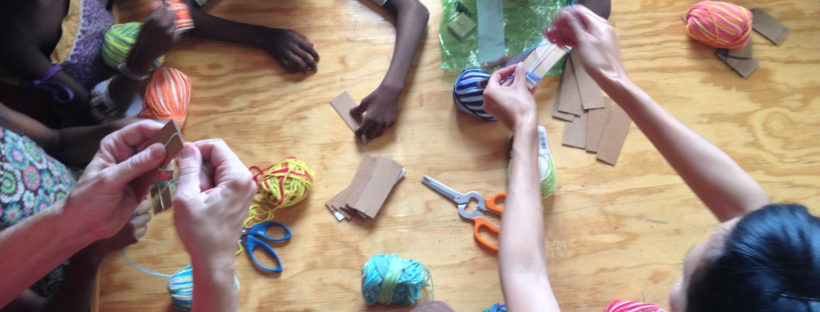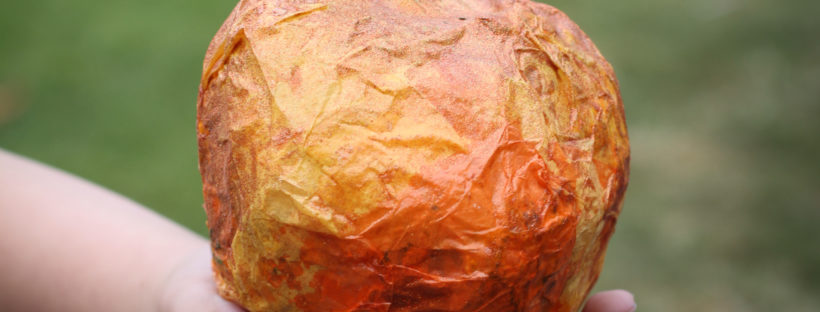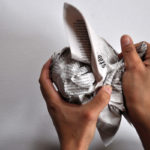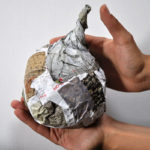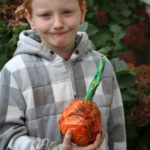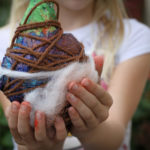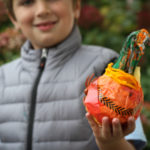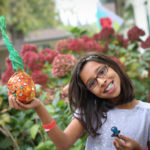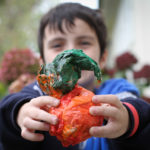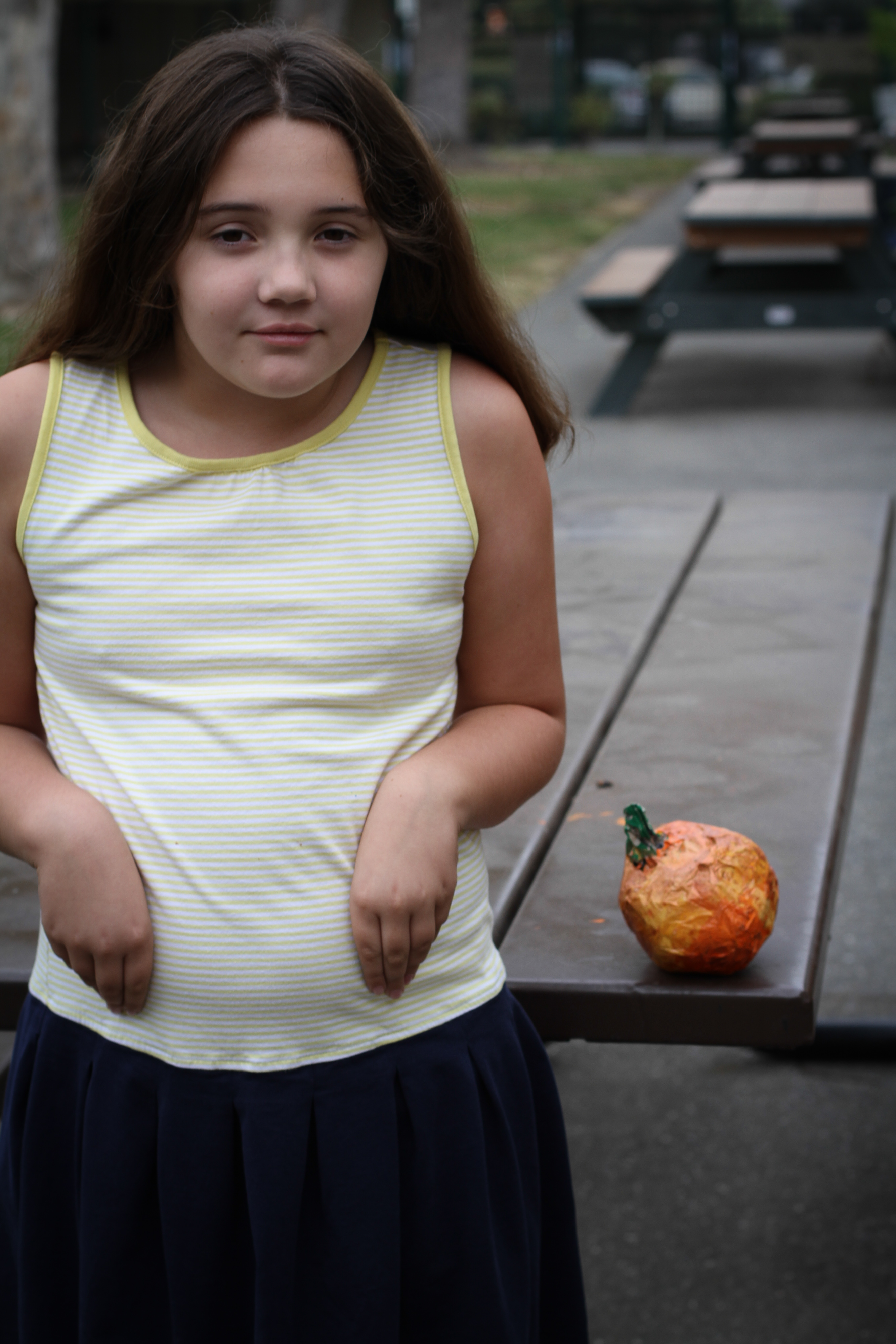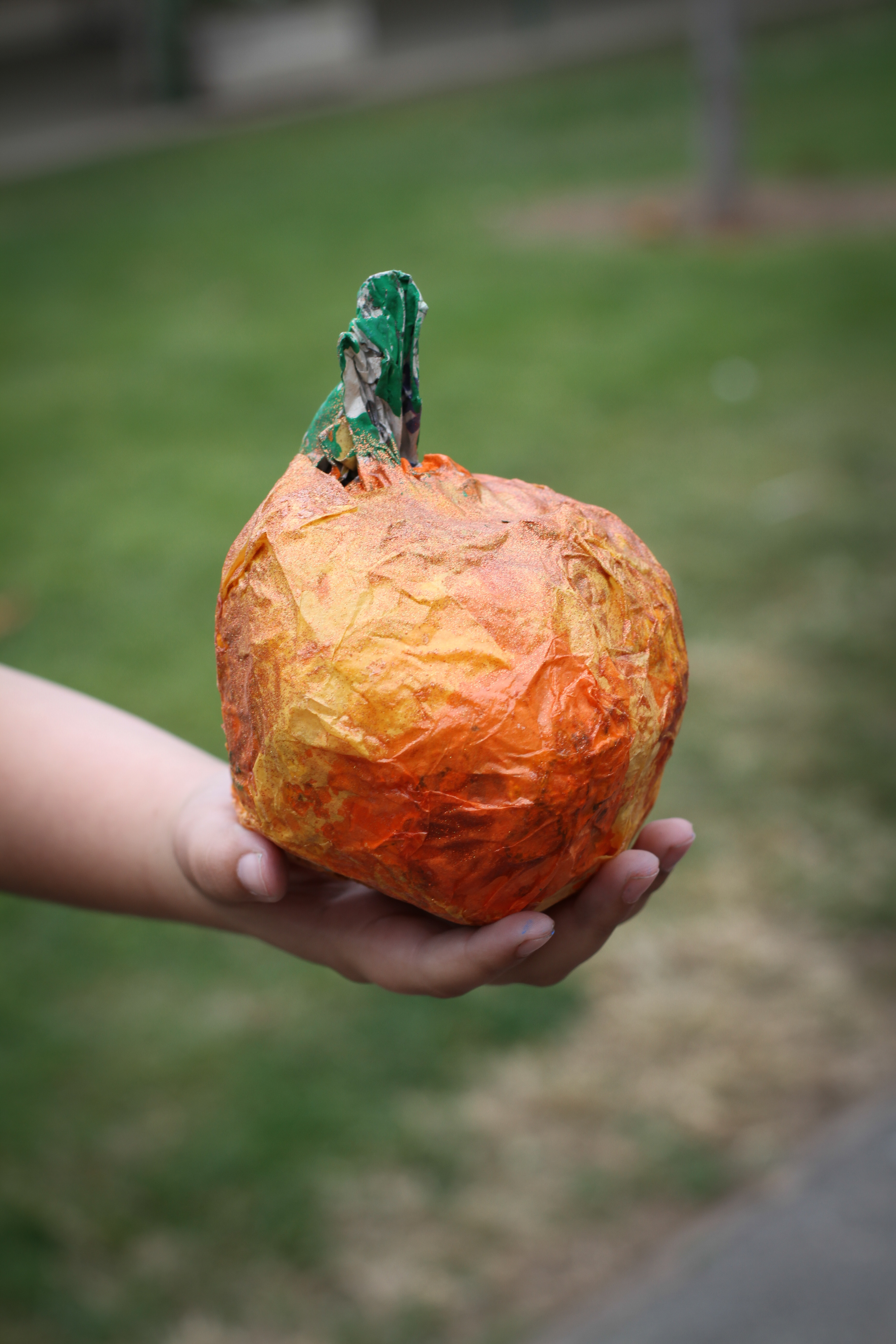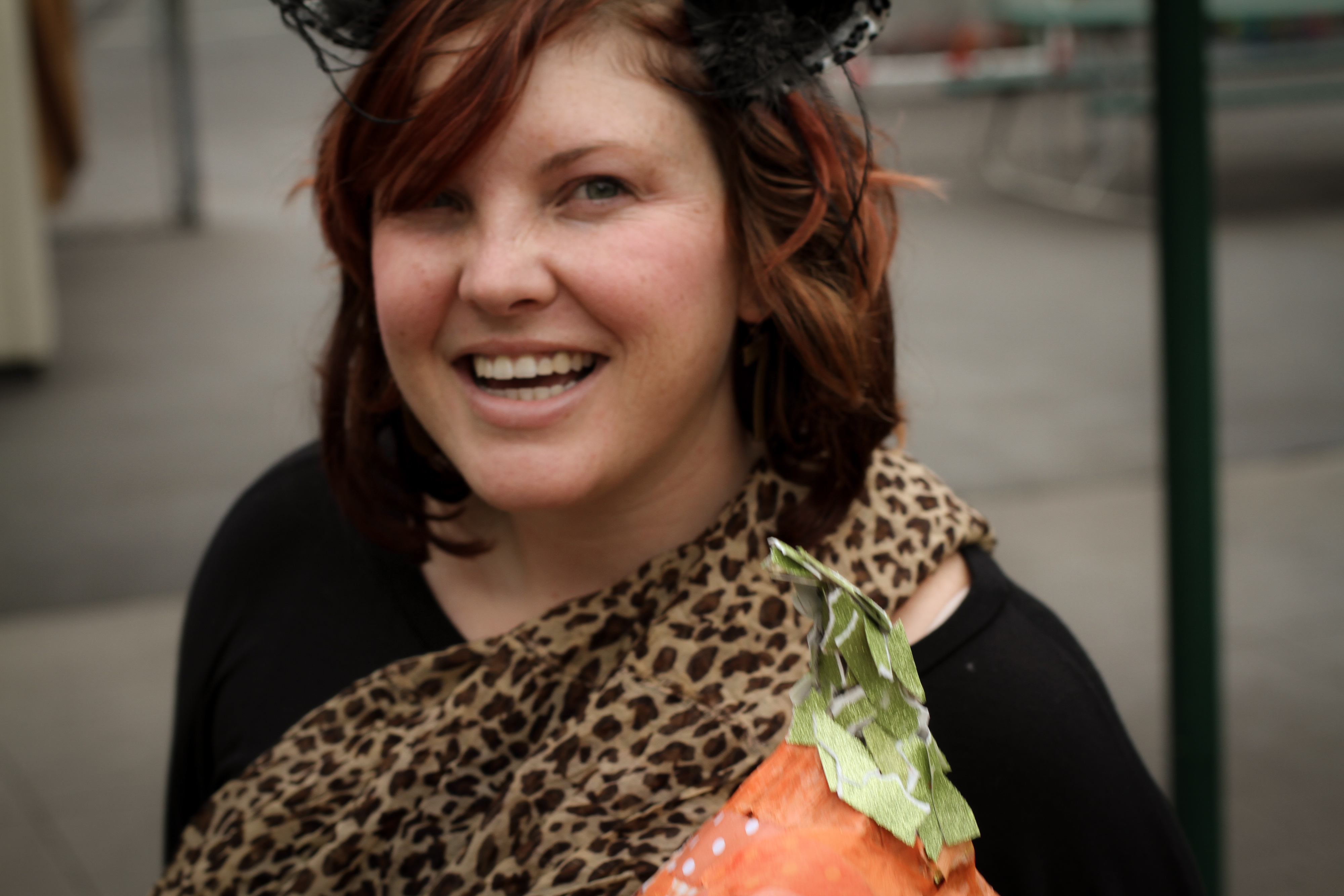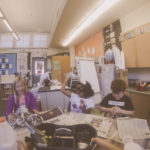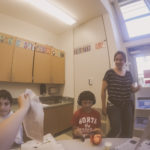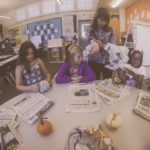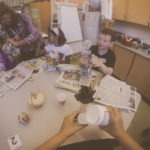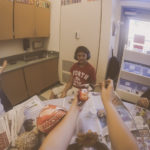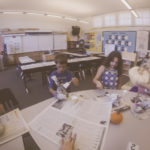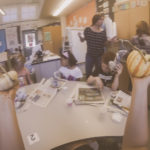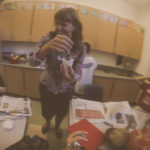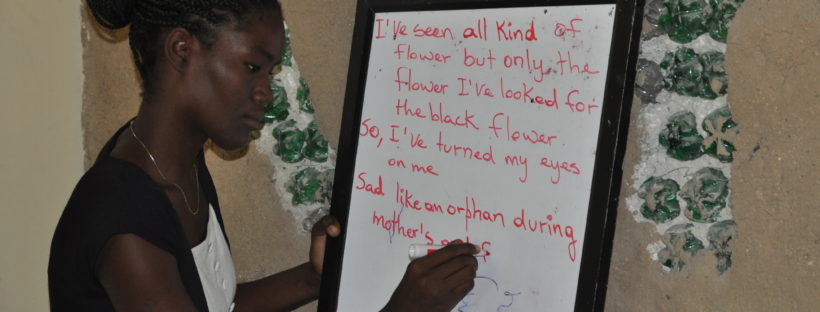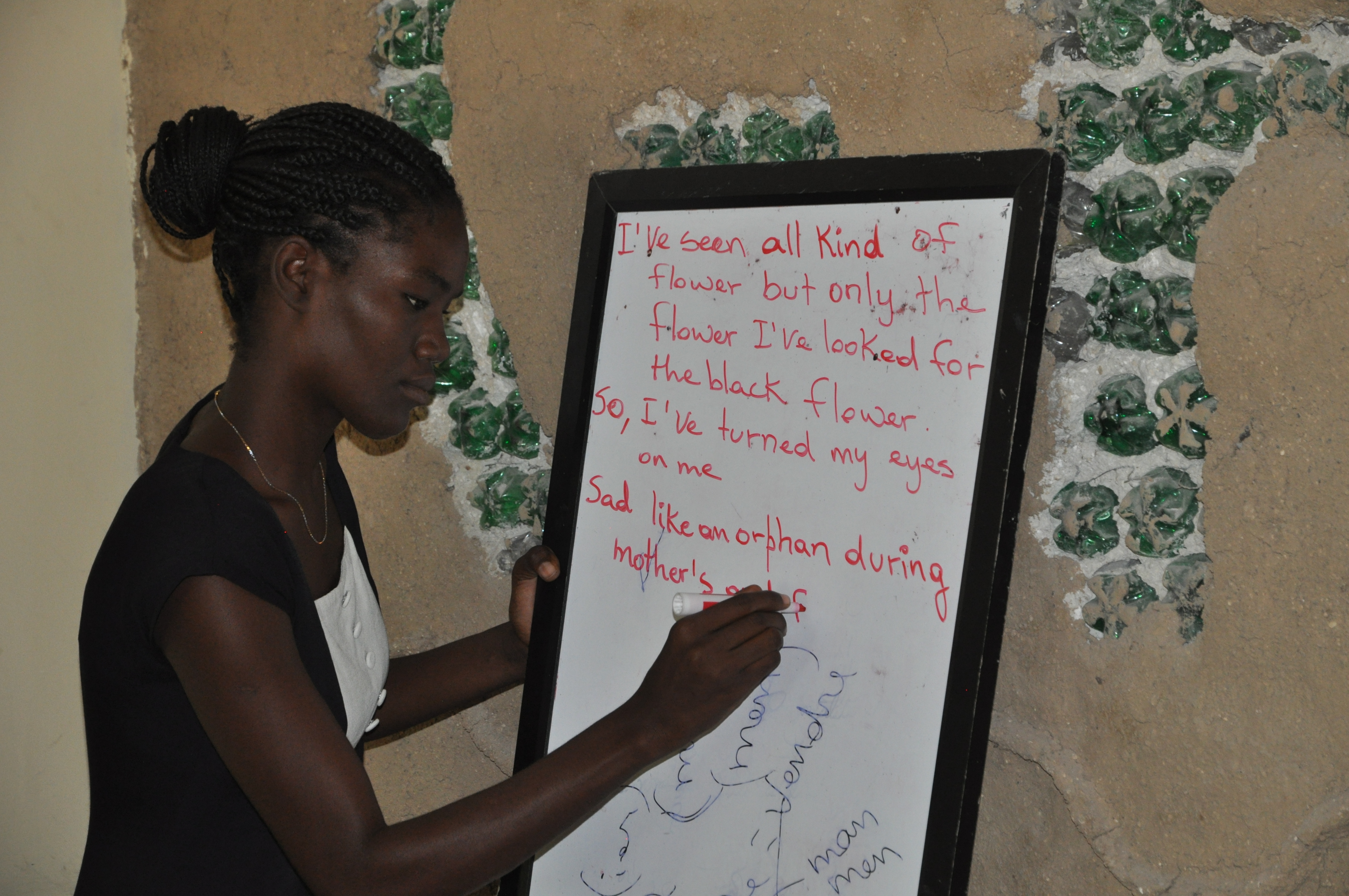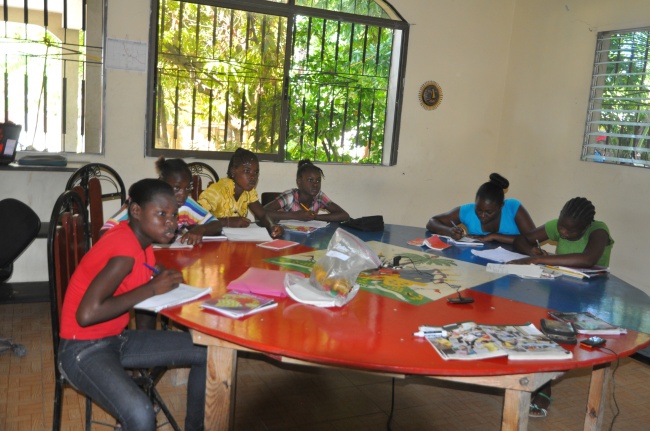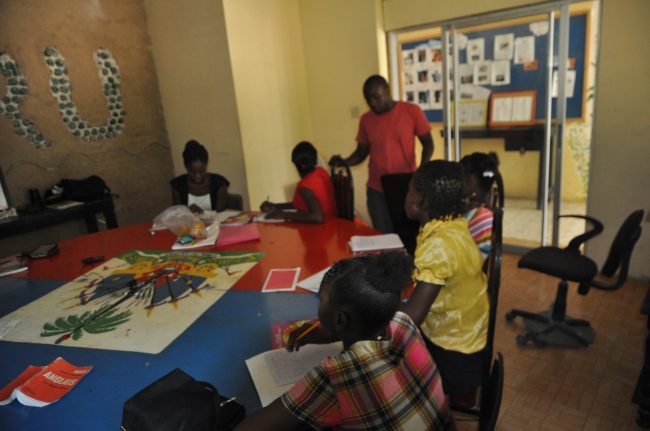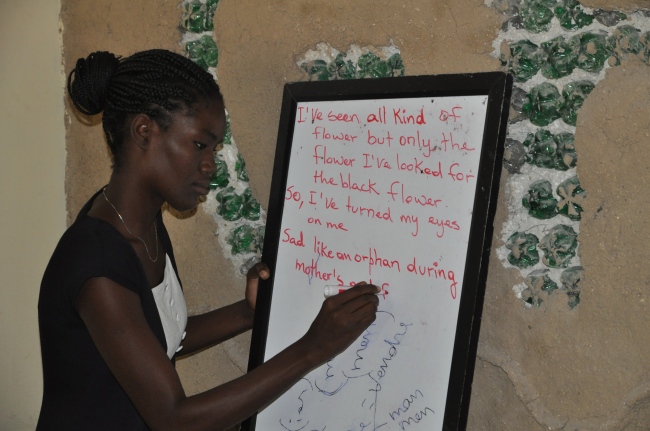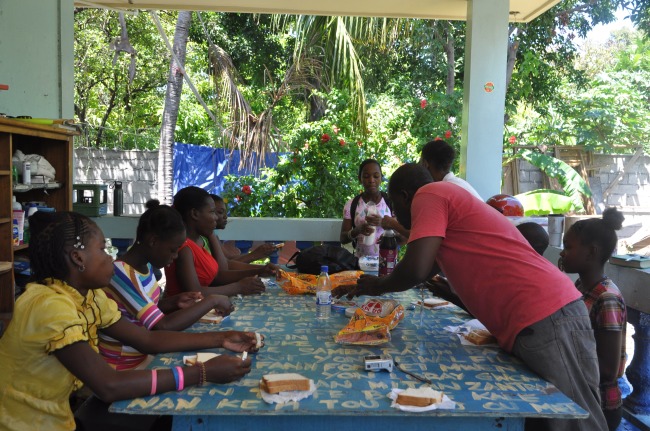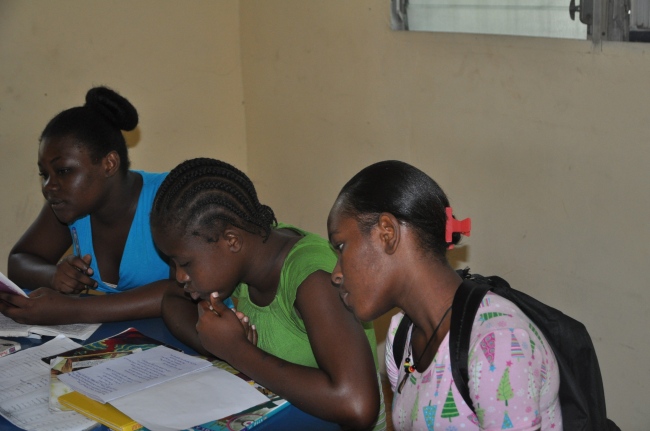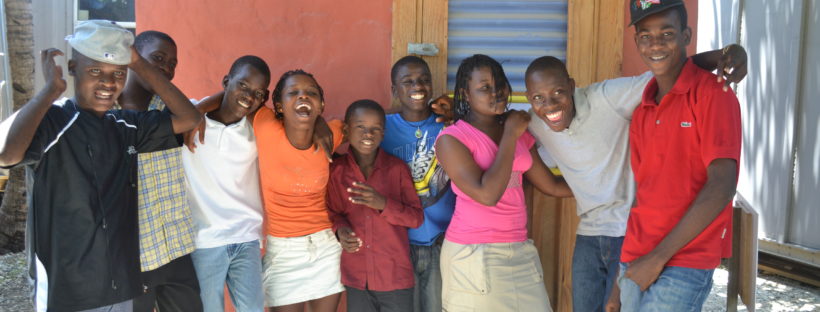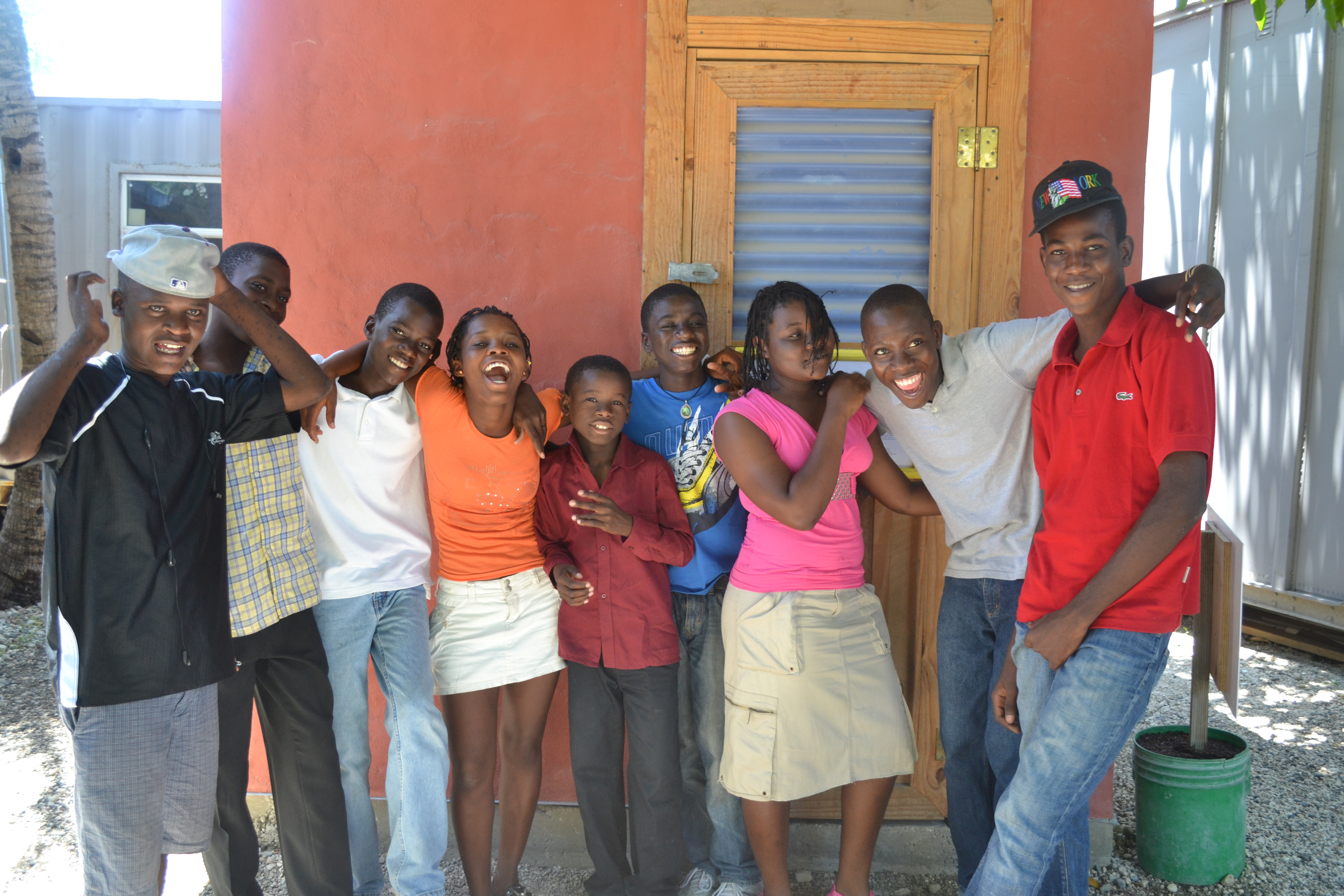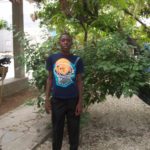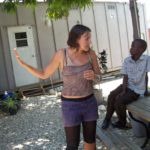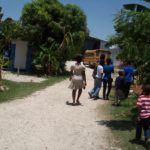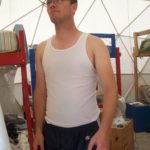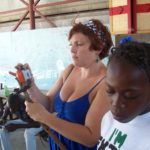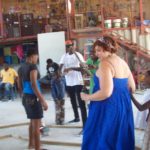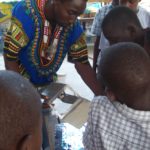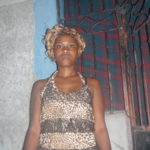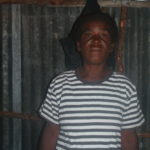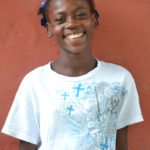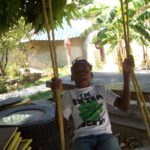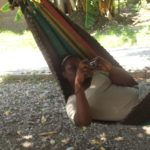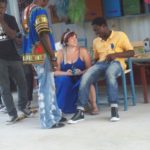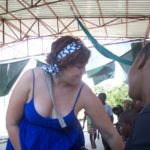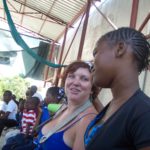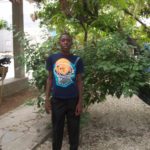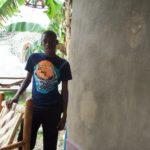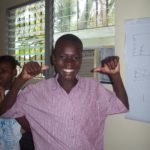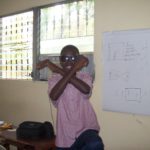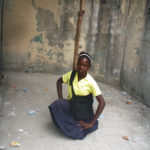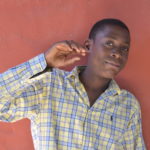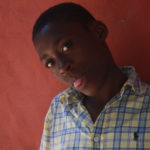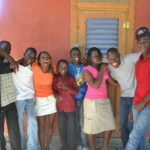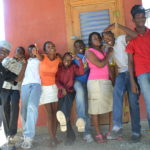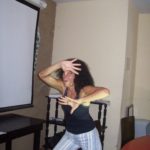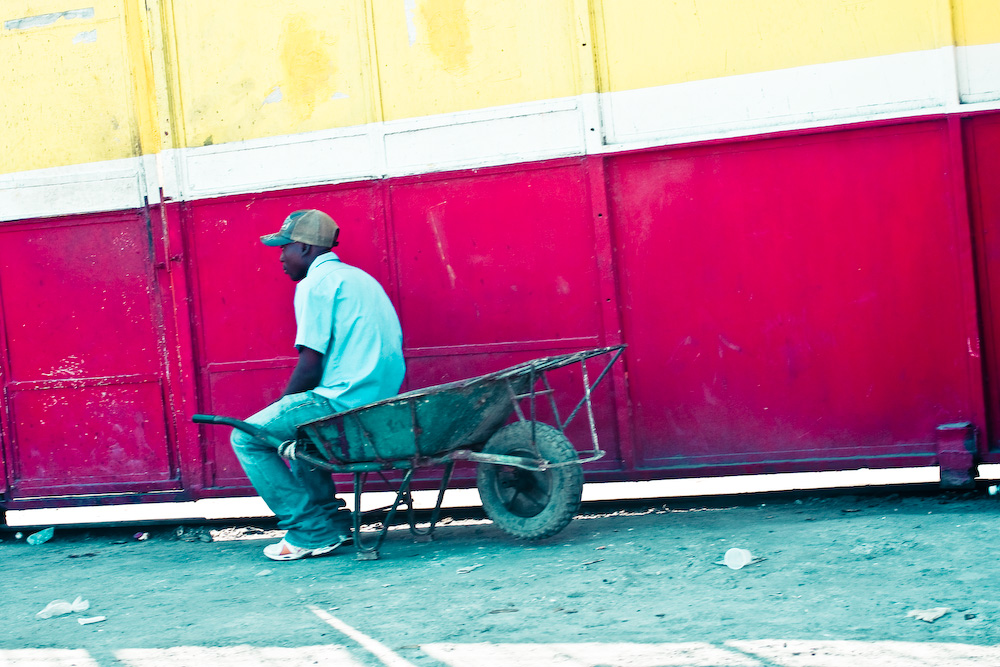Tag: life
Folk Pumpkins
We love practicing art projects with local kids using discarded materials. In this case, we made folk art pumpkins from newspaper, scrap paper and leftover yarn & twine. Imaginations unite!
The kids and I had a frank discussion about all the different shapes, sizes, colors, textures and types of pumpkins. It was really sweet for everyone to come to the realization that there is not a perfect pumpkin and each and every different pumpkin had its endearing qualities.
Then we stuck our hands wrist deep in glue and shaped our own special folk pumpkins from newspaper. Once they were dry we used yarn, raffia, crepe & tissue paper to create multi-textured finishes.
I super love getting messy with these little loves.
Be sure to post on our facebook page, photos of your own homemade folk pumpkins!
…
It’s not too late to do this at home!
You will need:
Tissue paper or paper towels
Scissors
Non-toxic glue
Paint brush (to spread glue on the paper and help keep your hands clean too)
Directions:
1. Start by crinkling newspaper into a ball to create your desired pumpkin size and shape.
2. Crinkle newspaper to create a stem shape.
3. With the paint brush, spread glue around the top of the pumpkin and glue the stem part to your pumpkin figure.
Tip: Experiment with paints and glitter to create a more colorful or festive look to your pumpkin. You might try painting the stem or creating patterns and mixing colors.
Photography Program – May Rewind
A few photos from our Port-au-Prince Photography Program:
Launched in April, 2013: Project HOPE Art offers a studio environment where students can work on digital, analog, electronic and alternative media art projects. Students in our new after-school program will create experimental multimedia works. A variety of conceptual, formal, and performance-based approaches to the medium will be explored over the course of each year long program. Topics include Storytelling, Printmaking: digital, lithography and woodcut, Synesthesias, PhotoJournalism, Visual Music, Color Theory, Film Soundtracks, Creating: Mobile, Illuminated, and Responsive Works of Art and The Relationship between Biology and Art.
Our Photography Program will begin with ten students (ages 12-18) from our esteemed list of Project Partners. The theme of the 16 week program is “Daily Life” as viewed and lived by children in various neighborhoods throughout Haiti.
The first class will kick off with a Program Orientation with Photographer Melissa Schilling. The Program will have one teacher (Jean Pierre Romel – a Haitian documentary filmmaker) and will run for 16 weeks. The Program will take place on Sundays from 10-3pm; May – August; at the Project HOPE Art Center in the Clercine District of PaP.
In September 2013 the students portfolio of work will travel to the US to be displayed at the Project HOPE Art Donor Dinner. It will turn around and head back to Haiti in time for the October 11, 2013 celebration of The Day of the Girl at the United Nations. The body of work will live permanently at Haiti Communitere.
Visiting Photographers will teach Sunday workshops with the students and work with Romel throughout their stay in Haiti focused on editing and curating students bodies of work. Join us in our premiere journey.
Sign up to teach and volunteer, here.
Meet our Students! Click Here
You may donate items from our wishlist:
We are on the hunt for money, but also gently used equipment:
• 10 Point and Shoot digital cameras
• 1 DSLR
• 2 Photo Printers (8X10 sized paper and up)
• Camera Card Readers
• Reams of Photo Paper
• 2 laptops
• 2 iPads
About Project HOPE Art
Our Mission:
“To inspire, heal and improve the quality of life for children in need through the creative process of art.”
Our Values:
Art is the universal language which transcends differences in cultural and customary barriers.
Art is a tool for education that encourages creative thinking, problem solving and growth.
Art gives a voice to the voiceless.
Art is good for the soul.
Our Actions:
Project HOPE Art uses art as a vehicle to inspire, to educate and to create intentional whimsy. We work with children in hospitals, orphanages, schools and communities in disaster stricken areas, utilizing art to help establish self esteem, self expression, self respect and stress relief for our students. We create art for art’s sake, while educating through our art, science, nutrition and literacy programs. We twirl in tutus and face paint because it’s good for the soul. Since our inception in January 2010 we have made multiple trips to Haiti and have recently launched a Visiting Artist Program, creating a sustainable way for artists in any medium to share their creativity with our kids and project partners as we strive towards our mission to inspire, heal and improve the quality of life for children in need.
Green versus Brown
Everyone on my plane was crying. Tears in their eyes. Even the men. Especially the men, as we glided serenely past the lush, bright, vibrant Dominican Republic and into the dusty, brown, tired, overworked landscape of Haiti.
The difference between the two at 10,000 feet is startling.
Later, I walked near an open air farmers market. And rode several times past Cite Soleil. No text book or anecdote could ever come close to teaching me about the slave trade in quite the same way. Seeing tin shacks. Seeing the crystal blue Carribbean waters mucked brown with human feces. Seeing dusty roads full of people bathing right in the street without any privacy at all except perhaps wet underwear or shorts. Seeing some of the most beautiful faces I have ever laid eyes on trapped in dead end communities.
Seeing all that showed me what life must have been like under the rule of Europe, slaves imported to work like dogs in sugar, tobacco and cotton plantations and factories. Just walking in Haiti, let alone working, brings forth sweat. I could understand how Haiti came to be.
The first successful slave revolt nation. The only slave revolt nation. Somehow frozen in time. Like an archeological excavation on Pause.
Its a living history lesson.
Stretching so far into every facet of life. Agriculture. Architecture. Government. Politics. Sociology. Art. Culture. Way of life. Means of life. Geology. Numerology. War. Peace. Love.
…
I was only in Haiti for 72 hours this time. And everytime I leave, tears stream down my face. I hate to leave Haiti. Despite everything that you must endure while in Haiti, it is quite possibly the most beautiful place in the world. Ready to inspire you with its frankness. Its openness. Its people. And its lessons. -MS
